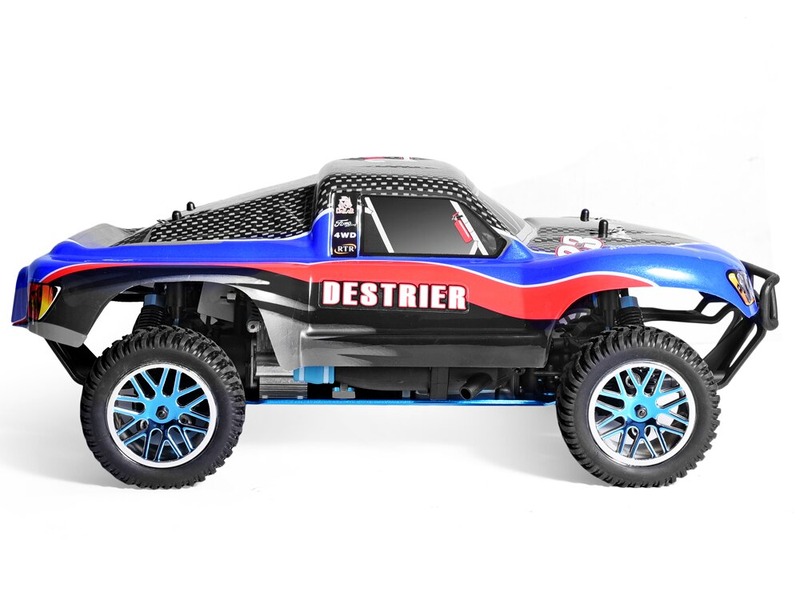Why are RC cars so fast?

RC (remote control) cars are incredibly fast and powerful vehicles that can reach speeds of up to 70 mph. This is due to a combination of factors, including the type of motor used, the battery power, and the aerodynamic design of the car.
The type of motor used in an RC car is a key factor in its speed. Most RC cars use brushless motors, which are more powerful and efficient than brushed motors. Brushless motors are powered by an electronic speed controller (ESC) that can be adjusted to increase or decrease the speed of the car. The ESC also helps to regulate the power output of the motor, allowing for more precise control over the speed of the car.
The battery power of an RC car also plays a major role in its speed. Most RC cars use lithium-ion batteries, which are lightweight and provide a high amount of power. The higher the voltage of the battery, the faster the car can go. Additionally, the type of battery used can affect the speed of the car. For instance, LiPo batteries are known to provide more power than NiMH batteries, resulting in higher top speeds.
Finally, the aerodynamic design of the car is an important factor in its speed. RC cars are designed to be as aerodynamic as possible, allowing them to cut through the air with minimal resistance. This reduces drag and allows the car to reach higher speeds. Additionally, the design of the car can affect the handling of the car, allowing for greater control at higher speeds.
In conclusion, RC cars are incredibly fast and powerful vehicles that can reach speeds of up to 70 mph. This is due to a combination of factors, including the type of motor used, the battery power, and the aerodynamic design of the car. By understanding the various components that contribute to the speed of an RC car, you can better understand why these vehicles are so fast.
Comments / Question
2. Make sure the RC car is in good working condition and that all parts are securely fastened.
3. Avoid operating the RC car in areas with a lot of people or traffic.
4. Make sure the area is free of obstacles or debris that could cause an accident.
5. Follow all safety instructions provided with the RC car.
6. Keep the RC car away from water and other liquids.
7. Make sure the battery is fully charged before operating the RC car.
8. Monitor the speed of the RC car and adjust it accordingly.
9. Be aware of your surroundings and keep an eye out for any potential hazards.
10. Supervise children when they are operating an RC car.
2. Lightweight bodies: Lightweight bodies reduce the amount of energy needed to move the car, allowing it to reach higher speeds.
3. Aerodynamic design: Aerodynamic design features like spoilers, splitters, and diffusers help reduce drag and improve the car’s overall performance.
4. Low-friction wheels: Low-friction wheels help reduce friction between the car and the road surface, allowing it to move more quickly.
5. High-grip tires: High-grip tires provide more grip when cornering, allowing the car to take corners at higher speeds.

